A large part of the credit for the Kwid’s success goes to sourcing of local components. This allowed Renault to launch the car at Rs 256,000 in September 2015
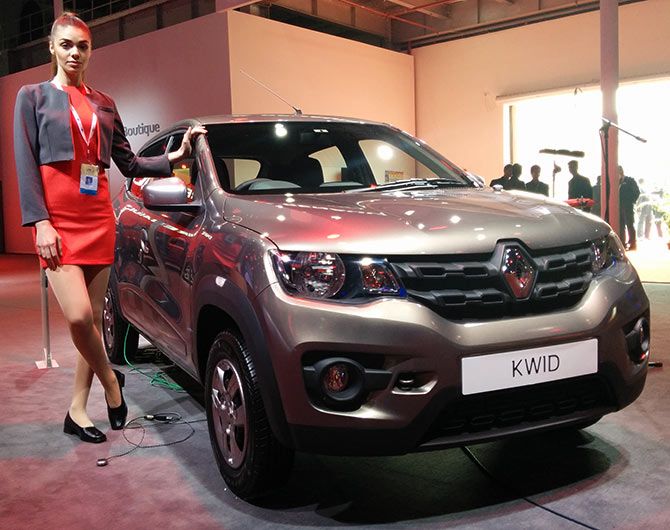
The Indian arm of French carmaker Renault decided not to graft a design or components from abroad when it conceived the Kwid in 2012. A strong supplier base was developed locally and given flexibility to innovate and deliver components at competitive prices.
The result was an aggressively priced car with unmatched localisation of about 98 per cent at launch, bookings of 100,000 cars within six months, and a foothold in the highly complex entry segment Indian car market. A large part of the credit for the Kwid’s success goes to sourcing of local components.
This allowed Renault to launch the car at Rs 2.56 lakh in September 2015 and to promise lower maintenance and higher mileage than competing brands.
“The small car is a very closed segment here. You cannot superimpose things from outside. That does not work in this country,” said Renault India’s chief executive officer and managing director Sumit Sawhney.
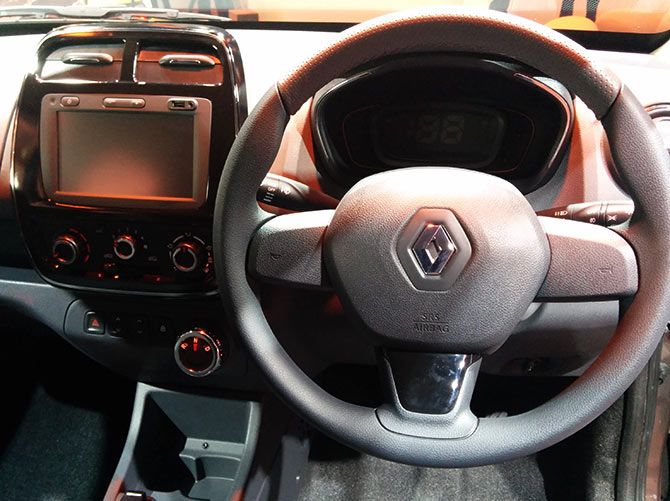
Renault took the right cues from market studies on the kind of cars buyers in the entry segment wanted. The segment lacked excitement and there had been no disruptive launch. Renault had an inkling entry segment buyers sought a SUV-ish kind of design with more space.
“We Indians want the latest and greatest at the lowest price,” said Sawhney. But the right price would not be possible without localisation. For most carmakers, a good degree of localisation begins at 70 per cent in new cars.
Only market leaders are able to reach localisation of 90 per cent. The country’s highest selling small car, the Alto, made by Maruti Suzuki has a localisation of 98 per cent by the number of components. The value of its localisation is not known.
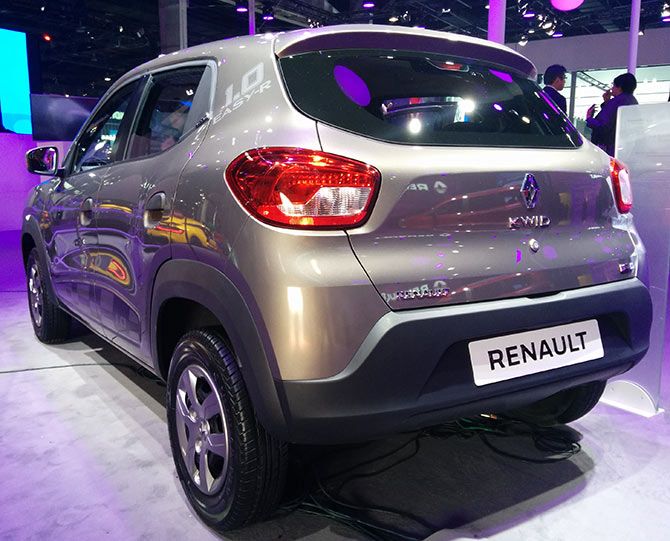
Over 400 suppliers were identified to work on the Kwid and told to deliver components at competitive prices, said Sawhney. “You have to commit certain volumes to suppliers to get a competitive price. From day one, I wanted to sell more than 100,000 units a year. Less than that is not a success.”
Gurgaon-based Paracoat Products, which produces noise, vibration and heat-reducing components, is one of the suppliers. “We introduced low-weight material. We localised and bought materials at a competitive rate. It was all cost-driven,” said Navin Banka, chief executive officer of Paracoat.
“We tried to optimise from the design stage. The components were not over engineered nor below specifications,” he added.
Banka said working with Renault on the Kwid was different as suppliers were involved from the concept stage.
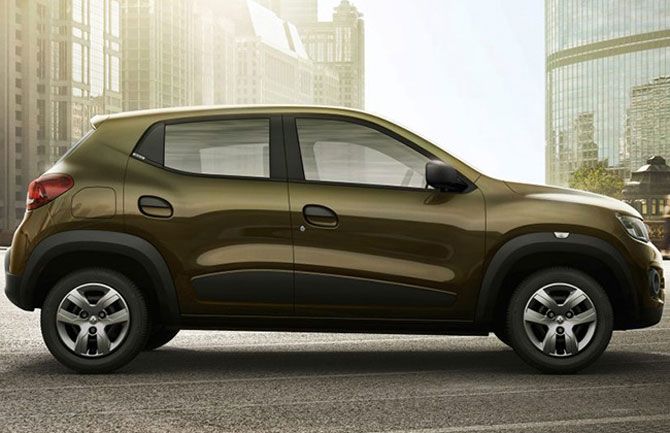
“Such a thing did not happen before. We had the liberty to work with the engineering team. Targets were tough but we were able to achieve them. Renault’s engineering team was supportive and receptive. Carmakers normally do not take a feedback as drawings are available from their headquarters and suppliers are told to build according to design,” he said.
Sawhney said the Kwid did not use a single fastener. A small car usually requires 18-20 kg of fasteners. Renault’s advance wielding did away with these to reduce the car’s weight by five to six kilogrammes.
“This car had to be efficient and dynamic without compromising on safety,” he said.
The wheels in the Kwid have only three nuts. “You don’t need four nuts if you use the right materials and technology,” said Sawhney. No other car in India uses three nuts in its wheels.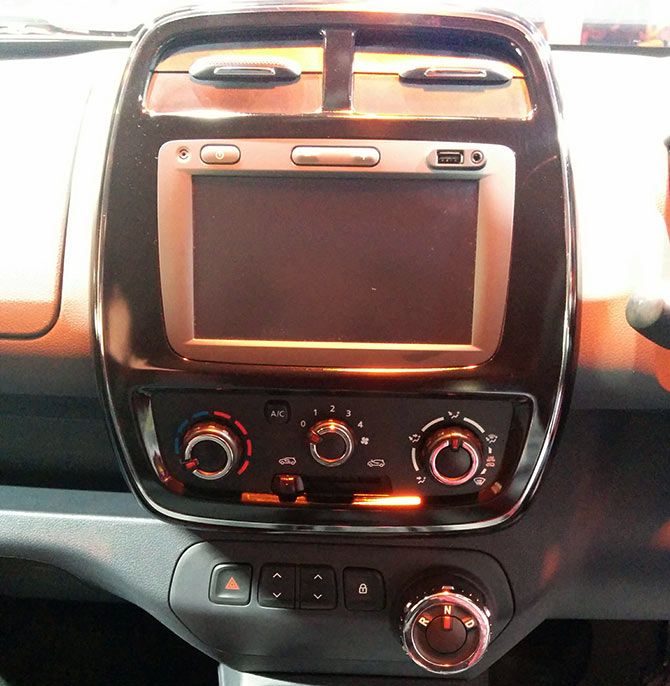
Pradeep Tewari, chief executive officer of the lighting division at Uno Minda, which supplied the head and tail lights for the Kwid, said, “The challenge is to scale the degree of local design and engineering. Renault gave us freedom to come up with options that helped to manage cost while meeting specifications. Our designs were accepted.”
This was the first lighting project of Uno Minda with Renault. “Some manufacturers insist on a global technology partner before approving a local supplier. Had Renault insisted on that, the cost would have been higher,” said Tewari.
Renault communicated with its suppliers regularly and the top management was always involved. The French car maker also insisted on involvement of the top management from the suppliers’ side.
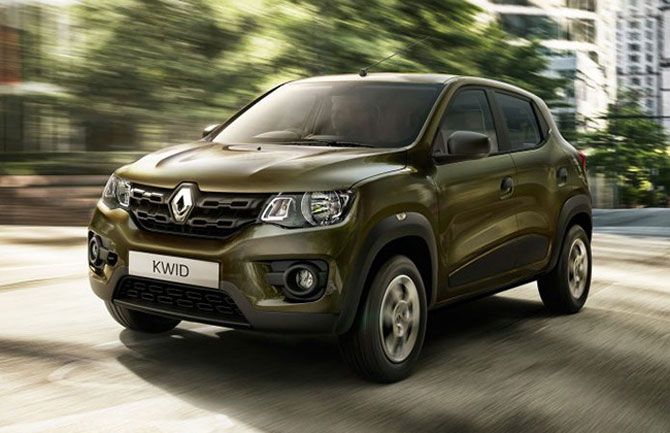
Making it big with small car
- Kwid conceived in 2012 by Renault with an eye on Indian small-car market
- 400 suppliers identified locally to drive indigenisation
- Component suppliers given flexibility to design and innovate to bring down costs
- Costs and weight brought down drastically
- Kwid became first car in India to launch with 98% localisation
- 100,000 bookings in six months, thanks to aggressive pricing and SUV-ish look
Photograph: Rajesh Karkera/Rediff.com






